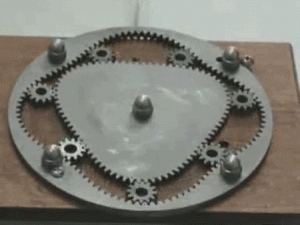October 5th Update, Wednesday
Hello Everyone,
Agenda:
MOA Field Trip Tomorrow, please arrive at 8:50 AM on time, bagged lunch/snack
WOW Letter D Words due on Friday
No LIBRARY due to field trip
Balloon Car Race Friday
Have you turned in your green karate form?
Today we had a great mini-debate about the pros and cons of the Site C Dam, and I was very impressed with the way students were thinking and debating the issues! We also discussed how human rights are affected by quality of life and made a list together of what affects quality of life in different countries, such as wealth, access to clean water, pollution, transportation, education, and more. We read stories of children from around the world and evaluated their quality of life. Most everyone finished these two evaluations in class and turned them in to the INBOX. If you did not get them done, you will have some time on Friday morning.
We also experimented with Stop Motion Video today! We will be using this tool on our project for the unit. Here are the steps we will follow for doing our unit end project. We are not quite done with the unit and still have more learning to do about solar energy, inventions, and action, but we will be working up to our end project slowly, and I hope it will be fun!:
- Experiment with Stop Motion (done today)
- Make a mini Stop Motion instructional video on something we feel we are an expert at (such as “I am an expert at how to make origami”) Criteria and a rubric will be provided for this, as it will be marked.
- Do research on a human rights issue of choice and ways people are taking action to address it with ideas or inventions
- Present the research in a creative stop motion video
I hope everyone enjoys the field trip tomorrow as we learn more about potlatch, given we have been talking about First Nations and their rights in the context of human rights throughout the world.
Have a great night!
Ms. D

